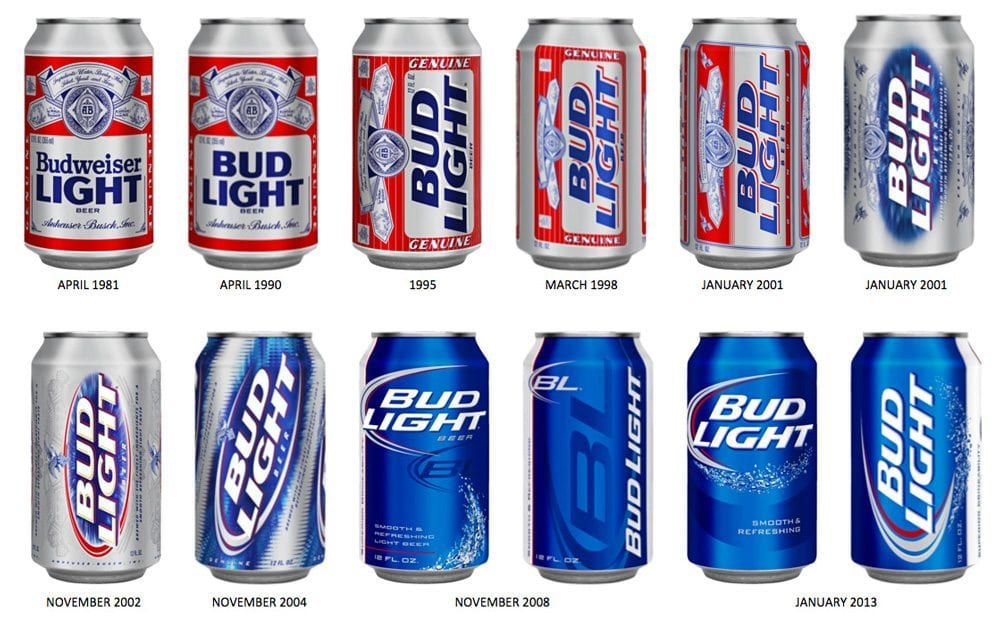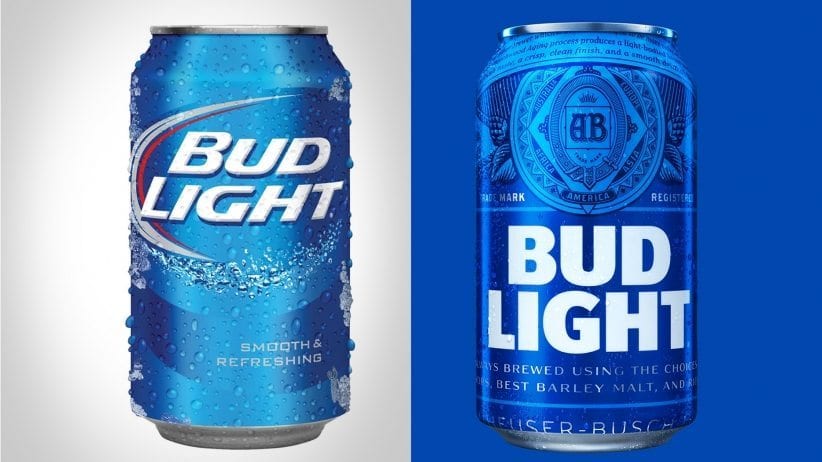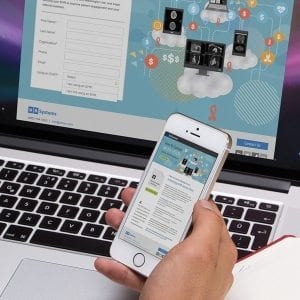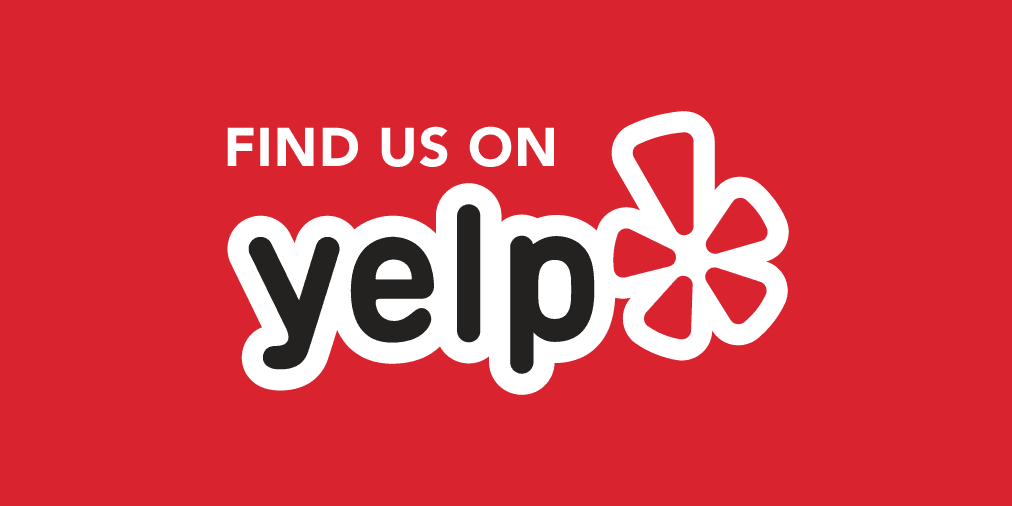
Bud Light’s Retro Rebranding to Include Parent Company Anheuser-Busch
Bud Light has recently found itself at the center of controversy after a backlash against its partnership with trans influencer Dylan Mulvaney. The company sponsored a post last month on Mulvaney’s Instagram account that promoted Bud Light’s March Madness contest.
Anheuser-Busch’s chief executive responded to the criticism against Bud Light’s partnership without directly mentioning Mulvaney, saying its intention wasn’t to divide Americans.
“We never intended to be part of a discussion that divides people,” CEO Brendan Whitworth said in a statement. “We are in the business of bringing people together over a beer.”
This controversy comes several years after Bud Light underwent a major rebranding in 2016, where the company sought to appeal to a younger and more diverse audience. Bud Light’s rebranding included a new logo, redesigned packaging, and a focus on social media marketing.
Anheuser-Busch 2016 PRESS RELEASE:
This redesign — the first major overhaul of Bud Light’s visual identity in eight years — will include a reimagined Bud Light logo and contemporized primary and secondary packaging, and is part of a larger brand evolution underway at Bud Light. By bringing back the brewer’s historic trademark “AB” crest — not used on Bud Light packaging since 2001 — the design emphasizes the attributes that established the brand as the country’s most popular beer: premium ingredients, care in brewing, a crisp, clean finish and a smooth drinkability.
Can Bud Light’s football-watching dads keep up with the sophisticated change? After slumping sales trends, the rebranding project designed by Jones Knowles Ritchie couldn’t have come at a more critical time.
Having off-premise sales of $5.7 Billion in 2015 through the end of November, according to data from IRI, Bud Light is by far the most well known beer in the U.S. Although Anheuser-Bush dominates almost 50 percent of the U.S. beer industry, the volume of Bud Light sold over the past 7 years has been falling.
Bud Light’s most recent rebrand is making a conscious effort to more closely link the brand with the owner, Anheuser-Busch. The brewing company is recalling design elements featured on rebrands prior to 2001, such as the AB crest and bold block lettering. While eliminating the swoosh design element, and red and white colors reminiscent of older designs, blue is still the dominant color in the new design. “Bud Light equals blue. Blue equals refreshment. Bud Light is the most refreshing beer out there,” Alexander Lambrecht, VP-marketing for Bud Light said.

This new retro-adult look is not the first within the beer industry. In recent years, Coors Light and Miller Light have transformed their bro-tastic graphics into sophisticated designs. The result of these rebrands have been less “keg stands and football” and more “hipster music and relaxing by the fire”. Seeing as Miller Light’s retro can sales were up 18 percent, Bud Lights rebrand is an acknowledgement to the combination of the flourishing beer industry and a rising popularity in simplified design.
“Consumers today want a brand with genuine brewing credentials,” said Tosh Hall, creative director at Jones Knowles Ritchie. “Bud Light is leaning into its heritage and unrivaled brewing expertise in a way that’s looking forward, not back. The result is a confident and contemporary expression of a brand consumers have known and loved for decades.”

According to the company, every minute there are more than 20,000 Bud Lights are sold, which means that this brand revamp is a colossal project. “We are everywhere and we are talking about tens and tens of millions of points of connections,” Mr. Lambrecht said. The beer’s comeback will not only include the product rebrand, but also a new ad campaign featuring various celebrities in favor of an approach targeting a broader age group.
While the rebranding was successful in increasing sales and reportedly helped to improve the perception of the brand among consumers, the recent controversy against its partnership with trans influencer Dylan Mulvaney raises questions about whether the 2016 rebranding truly addressed the underlying issues.
When it’s time to think about upping your social media game or rebranding your company, call the experts at Incitrio.








